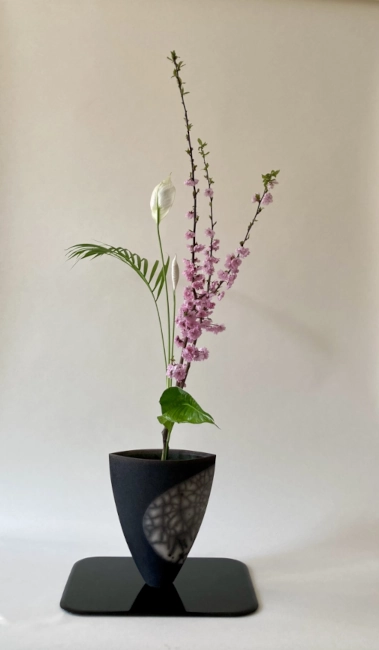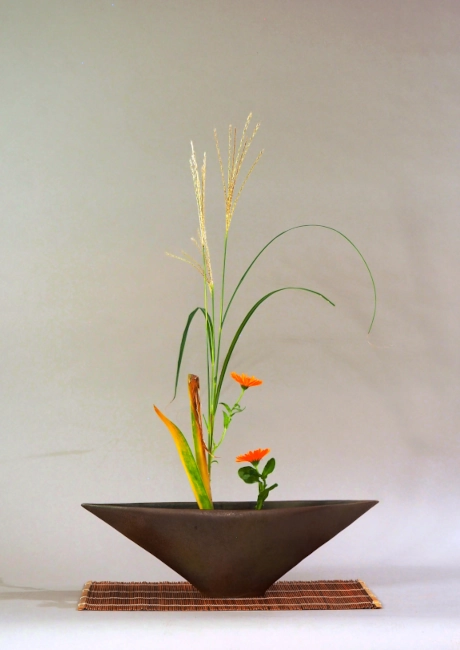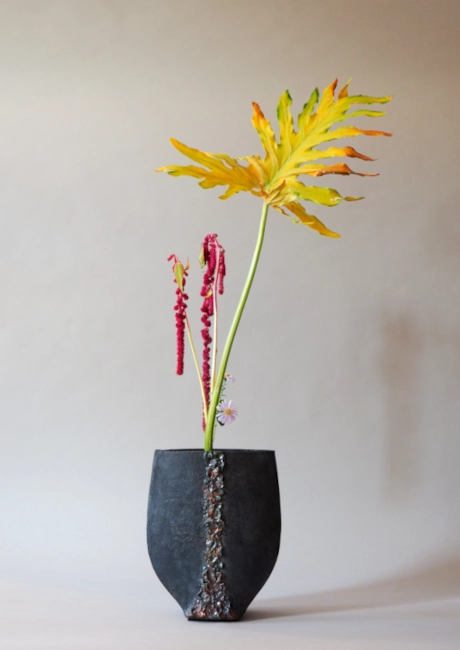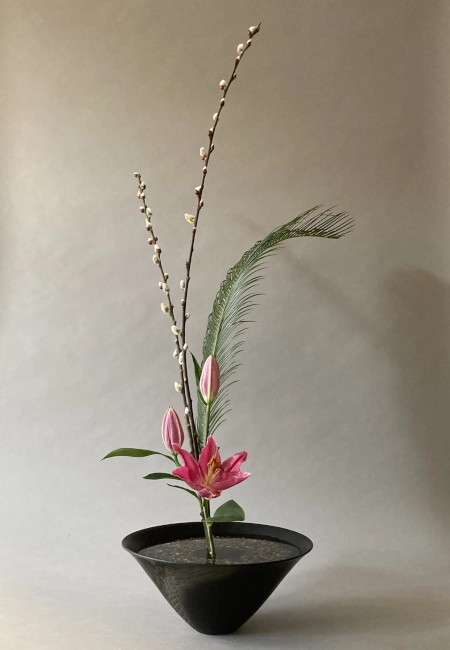SHÔKA
Shôka is a style that was formalised in the late Edo period. Using one to three types of floral materials, Shôka expresses the living form of plants rooted in the ground and growing upwards. It focuses on the shussho (inner beauty of a plant), which indicates the life of a plant. Shussho is the unique character of each plant, the beauty discovered in the different forms of growth of a plant. Based on this inner beauty, the life of plants is depicted with elegance and grace.
The Shôka comes in two forms: Shôka Shôfûtai with a traditional form and Shôka Shimpûtai without a fixed form.
Shôka Shôfûtai
Shôka Shôfûtai was introduced in the Meiji period and is an Ikebana suitable for a tokonoma of a small traditional Japanese room. It consists of three yakueda (main parts) called shin, soe and tai. They are compared to the three poles or functions (heaven, earth and man) that have been considered the basis of all being since ancient times. The inner beauty of the plants is shown in the form of the three yakueda, which react to each other, springing from the mizugiwa and extending upwards.
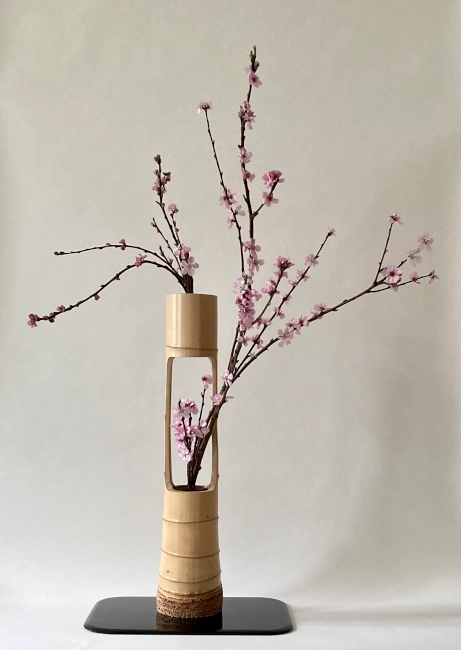
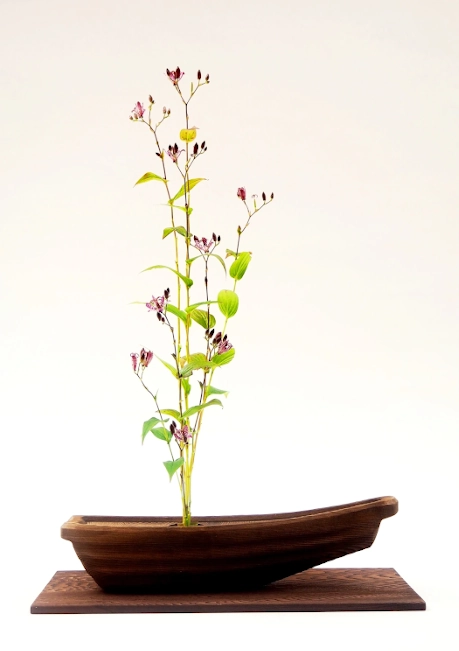
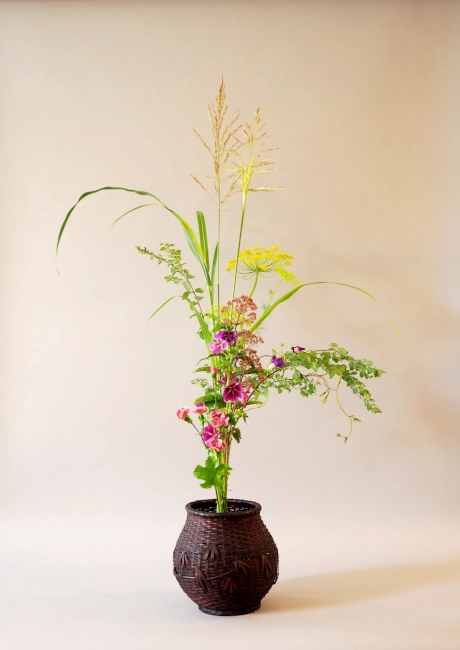
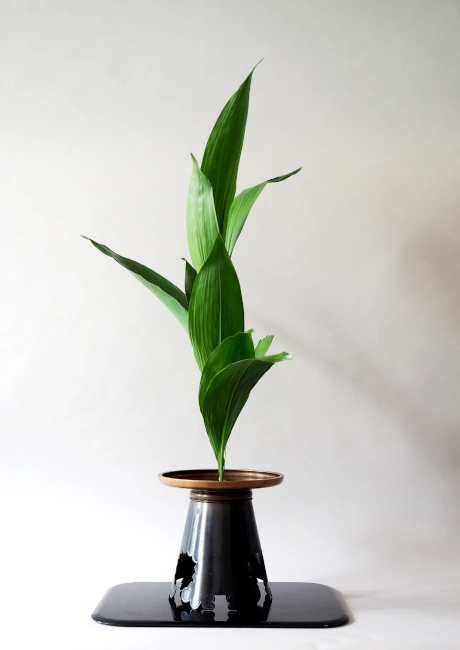
Shôka Shimputai
Shôka Shimpûtai was introduced in 1977 by the current Head Master Sen'ei Ikenobô as a new style of shôka. The beauty of a Shôka Shimpûtai is created by looking at the plants from different angles such as colour, shape, texture, extension of the leaves and movement of the stems. The inner beauty of plants that do not fit into the fixed forms of conventional Shôka Shôfûtai can be expressed in Shôka Shimpûtai. It is characterised by clarity and sharpness.
